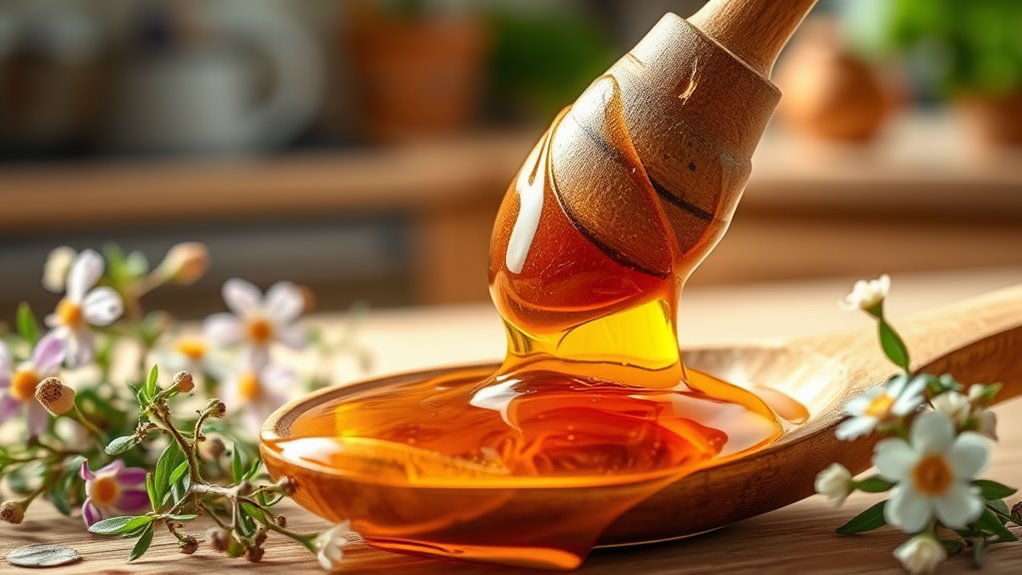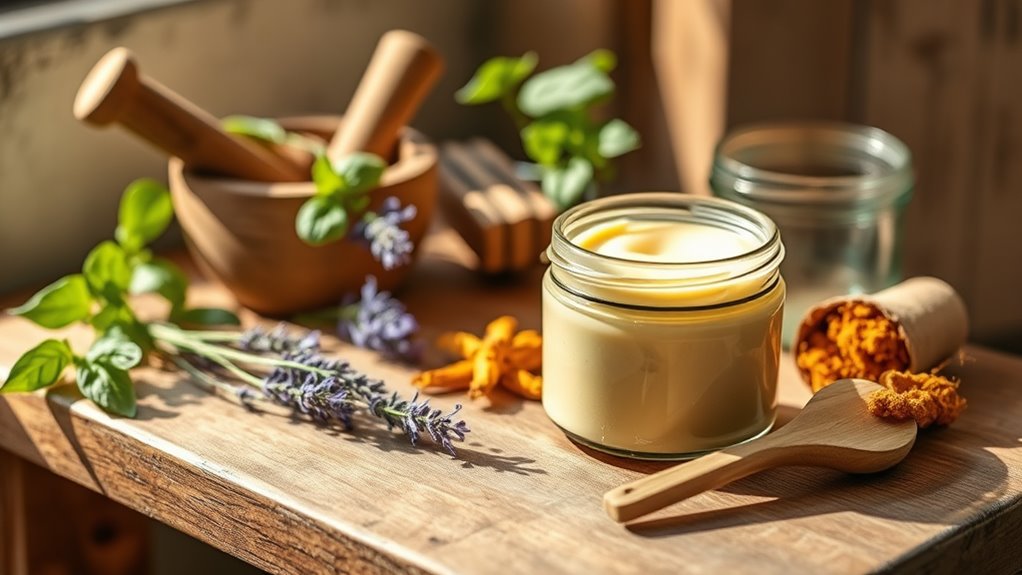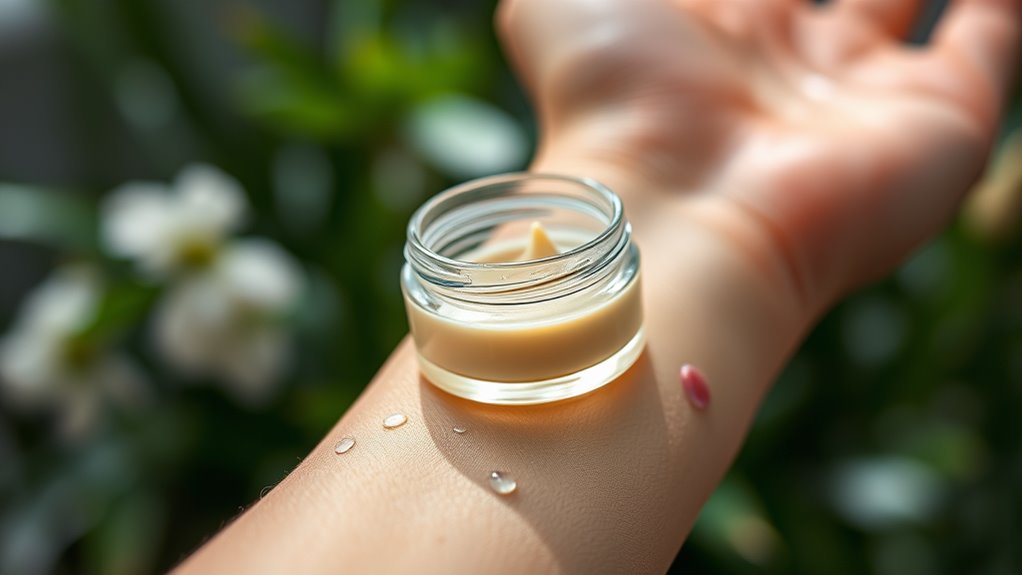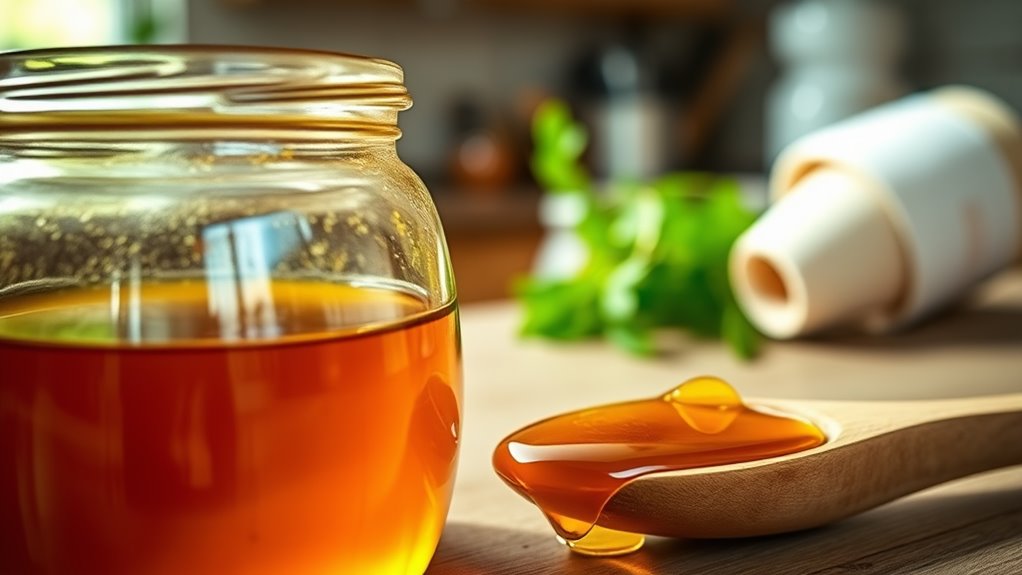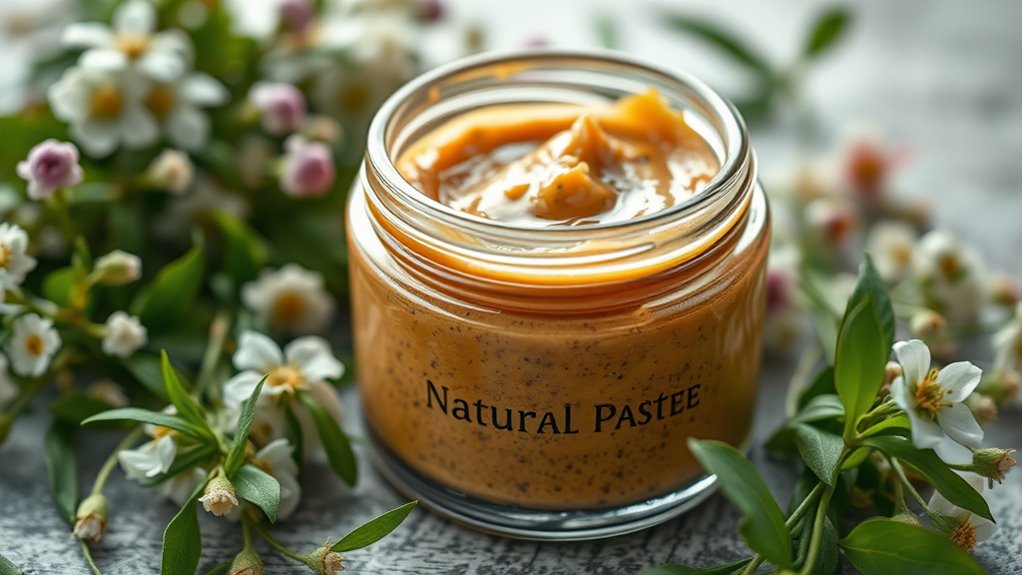This Common Kitchen Ingredient Heals Wounds Fast!
You might be surprised to learn that a common kitchen ingredient can speed up wound healing. Honey isn’t just a sweetener; it has impressive antibacterial and anti-inflammatory properties. Applying it to your cuts and scrapes could change how you care for wounds. But how exactly does it work, and are there any safety concerns? Let’s explore the remarkable healing properties of honey and how you can incorporate it into your wound care routine.
The Healing Properties of Honey
Although you might think of honey as just a sweetener, its healing properties are nothing short of remarkable. This golden liquid can serve as a fast wound healing remedy, making it a staple in many kitchens.
When you apply honey to a cut or scrape, it creates a moist environment that promotes healing while warding off infections. You’ll find that honey doesn’t just soothe; it also helps to reduce inflammation and pain, making your recovery smoother. Furthermore, honey’s antibacterial properties contribute to its effectiveness in preventing infections, ensuring a quicker healing process.
Plus, it’s an ingredient you can easily access and trust. Sharing this knowledge with friends or family can foster a sense of belonging, as you bond over natural remedies that have stood the test of time.
Scientific Evidence Supporting Honey’s Efficacy
As researchers delve into the healing properties of honey, they uncover a wealth of scientific evidence that supports its efficacy in wound care.
Studies reveal that honey not only promotes healing but also prevents infection, making it a valuable addition to your first-aid kit.
Here are some key findings:
-
Antimicrobial properties: Honey can inhibit the growth of various bacteria, including antibiotic-resistant strains.
-
Moisture retention: It helps maintain a moist wound environment, essential for optimal healing.
-
Anti-inflammatory effects: Honey reduces inflammation, promoting faster recovery.
-
Tissue regeneration: It encourages the formation of new tissue, speeding up the healing process.
Additionally, honey’s natural wound healing properties have been supported by numerous clinical trials demonstrating its effectiveness in various settings.
How to Apply Honey for Wound Care
Having established honey’s impressive healing properties, it’s important to know how to effectively apply it for wound care.
Start by cleaning the wound gently with soap and water to remove any dirt or debris. Pat it dry with a clean towel.
Next, take a small amount of raw honey and apply it directly to the wound, making sure to cover the entire area. You don’t need a thick layer; just enough to create a protective barrier.
Once applied, cover the wound with a sterile gauze bandage to keep it clean and secure. Change the dressing daily or whenever it becomes wet or dirty.
You might notice a slight tingling sensation, which is normal. Remember, honey’s natural properties work best in a warm, moist environment, so keep the bandage on to help speed up the healing process. Additionally, honey is known for its antibacterial properties, which can further enhance wound healing.
You’re taking a step toward better care for yourself or your loved ones!
Safety Considerations When Using Honey
When considering honey for wound care, it’s crucial to keep safety in mind to ensure effective healing.
While honey can be a great asset, you should be aware of a few key safety considerations.
-
Choose raw honey****: Processed honey may lose its beneficial properties.
-
Avoid honey for infants: Babies under one year old should never be given honey due to the risk of botulism.
-
Monitor for allergies: If you or someone else has a history of allergies to bee products, proceed with caution.
-
Consult a healthcare professional: For serious wounds or if you’re unsure, always check with a doctor. Additionally, honey contains natural antihistamine properties that can support healing and reduce inflammation.
Additional Benefits of Honey Beyond Wound Healing
While honey’s wound-healing properties are impressive, its benefits extend far beyond just first aid. This sweet ingredient can enhance your overall health and well-being in many ways. Here’s a quick look at some of its additional benefits:
| Benefit | Description | How to Use |
|---|---|---|
| Antioxidant | Fights free radicals and boosts immunity. | Add to tea or yogurt. |
| Digestive Aid | Supports gut health and eases digestion. | Mix with warm water. |
| Cough Suppressant | Soothes irritation and reduces cough. | Take with lemon juice. |
| Skin Moisturizer | Hydrates and nourishes skin for a radiant glow. | Apply directly or mix with lotion. |
Incorporating honey into your daily routine can foster a sense of community and wellness. Whether you’re sharing recipes or swapping tips, you’re joining a long tradition of using this natural remedy for both health and pleasure! Additionally, honey has been shown to outperform common over-the-counter cough medications in scientific studies, making it a valuable addition to your wellness toolkit.
